Pentax K-3 II Review - Features, Performance and AF Review
Features, Performance and AF
Is this the best DSLR for shooting the stars?
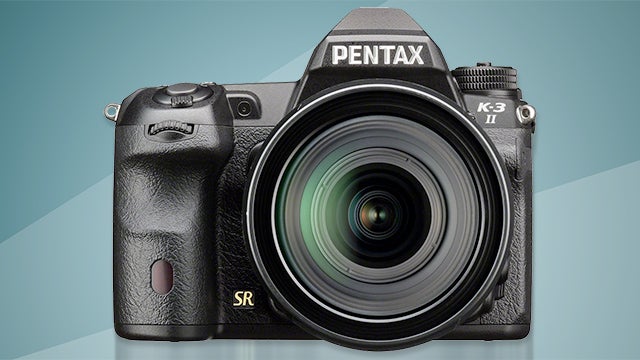
Sections
- Page 1 Pentax K-3 II Review
- Page 2 Features, Performance and AF Review
- Page 3 Image Quality, Video and Verdict Review
Pentax K-3 II: Features
The Pentax K-3 II’s feature list makes for curious reading. It doesn’t just copy what its rivals have. Its approach is quite different.
Instead, you get some very unusual features, but sacrifice some parts that have already becomes DSLR standards. The two main missing parts are Wi-Fi and NFC. A few ultra high-end cameras like the Canon 5DS R leave this out because of a kind of camera snobbishness, but here it feels as though it’s a move to avoid extra cost.
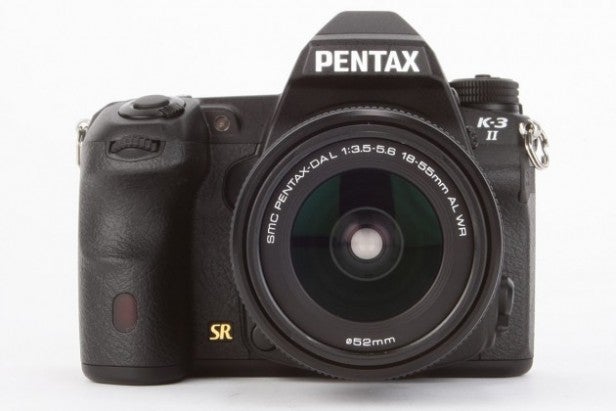
The Pentax K-3 II doesn’t have a flash, either. There’s still the growth up top where one might live, but now there’s a GPS module in its place, letting you avoid having to buy an expensive accessory. I’m largely happy with this, as I think many prospective buyers would rather get something more capable than the weak little pop-up unit you get built into a DSLR.
Much less ordinary than GPS is the AstroChaser feature, one of the Pentax K-3 II’s real USPs among its direct competitors. What this does is to fractionally move the sensor during ultra-long exposure (up to five minutes) so that when you’re shooting the stars, you don’t end up with the streaks caused by their movements across the night sky.
Of course, sometimes you’ll want these as it can be a neat effect, but it’s a great way to get top pictures of the stars and other astral features. It uses the optical image stabilisation motors to get the fractional movement needed for this.
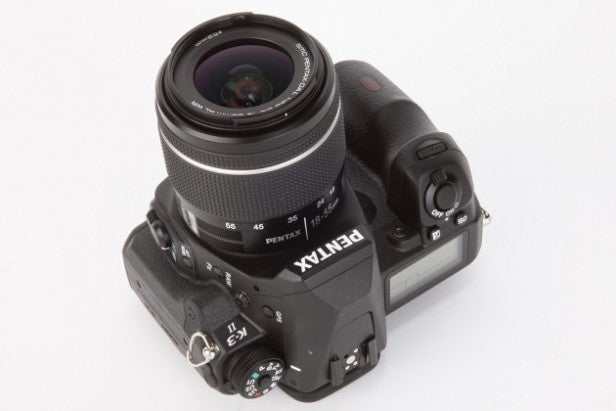
In-body stabilisation is of a much less niche appeal, and is perhaps the best reason to choose the Pentax K-3 II over a rival from Sony, Nikon or Canon. It has been improved a full stop since the first K-3, getting you 4.5 stops of stabilisation, no matter what lens you use.
This is pretty terrific, radically improving the low-light results you can get shooting handheld. That’s not the end of the OIS’s abilities either.
The Pentax K-3 II also features a mode called Pixel Shift Resolution, which uses the OIS and a four-shot burst to capture radically more detail than a standard still. What it does is to shift the view by a tiny, tiny amount, by one sensor sub-pixel per exposure, to let it capture loads more colour information and avoid having to use interpolation to process the final image.
With a totally still subject and a good tripod, it produces great results. Without those it’s completely useless, of course. You can see the results in the picture quality section of this review.
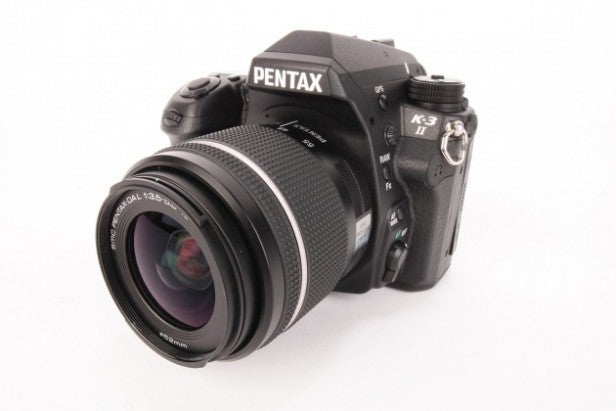
Pentax K-3 II: Performance and AF
Part of the Pentax K-3 II’s appeal rests on some interesting, unusual side features. However, its core skills aren’t too shabby either. It can shoot at up to 8.3fps, outstripping the 6fps of the Nikon D7200, if not offering standard-setting speed. It’s fast enough for action photography, though.
You can shoot at this speed for 60 JPEGs or 23 RAWs before the buffer is gobbled up. Alternatively, the burst will last longer if you slow it down. Step down to 4.5fps and you can shoot 100 JPEGs (or still 23 RAWs). Drop down again to 3fps and the buffer lasts for 200 JPEGs or 52 RAW exposures.
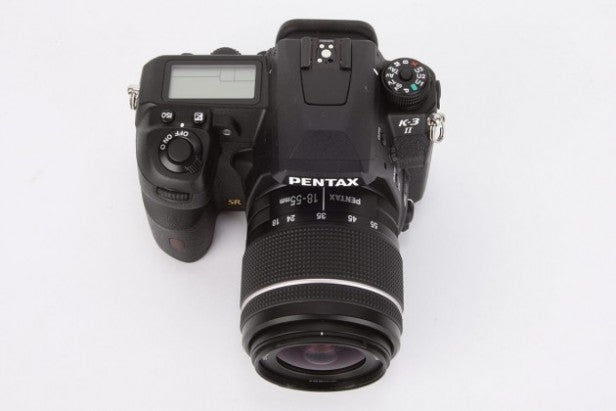
New tracking focus improvements help make this good burst speed all the more worthwhile. Pentax says the K-3 II uses information from the 86,000-pixel metering sensor to aid the tracking, rather than just relying on the AF module itself.
That’s a good thing too, because the Pentax K-3 II has the same AF module as the old K-3, the SAFOX 11 TTL if you’re interested. If you’re keen on having as many AF points as possible, it’s not going to sound too impressive.
It has 27 AF points, a lot fewer than the Nikon D7200 (51) or the Sony A77 II (79). However, it’s worth bearing in mind that 25 of them are cross-type and therefore both faster and more accurate. The A77 II only has 15 cross-type points despite sounding initially much more impressive.
In use, the Pentax K-3 II’s focusing feels very fast and accurate, even in low-light conditions. The only concern is whether that number of points is enough for your shooting style.
Use live view and, as usual, the camera reverts to contrast detection autofocus. This naturally hits the AF speed, particularly in poorer lighting, but I’m still happy with the speed. It’s competitive with other modern contrast systems.

